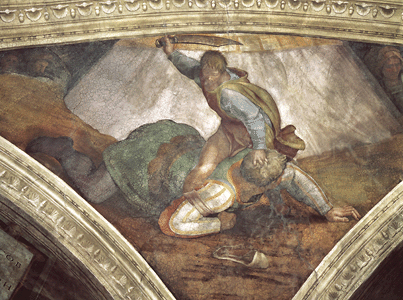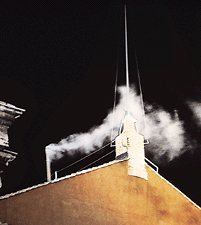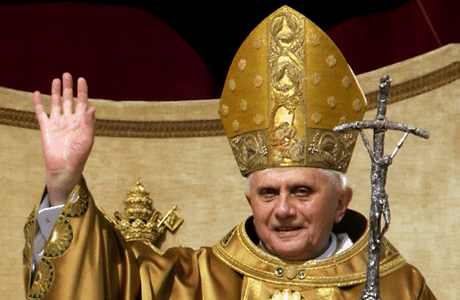Remembering Pope Benedict XVI
Tuesday, January 3rd, 2023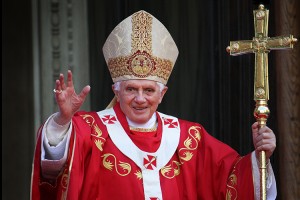
Benedict XVI, Pope of the Roman Catholic Church from 2005 to 2013
Credit: © Philip Chidell, Shutterstock
On Saturday, December 31st, former Pope Benedict XVI passed away at the age of 95. Many people worldwide will gather and tune in to watch his funeral on Thursday, January 5th, at St. Peter’s Basilica in Vatican City. Nearly 40,000 people visited the Basilica to pay respects to the late pope on Monday. Benedict was pope of the Roman Catholic Church from 2005 to 2013, when he resigned. Benedict succeeded Pope John Paul II. Benedict, a German, was only the second non-Italian pope since Adrian VI of the Netherlands, who held the office from 1522 to 1523. John Paul II of Poland was the first non-Italian pope since Adrian.
Benedict XVI was born Joseph Alois Ratzinger on April 16, 1927, in Marktl am Inn in the German state of Bavaria. He began his religious life at the age of 12 by entering St. Michael’s Seminary in the Bavarian city of Traunstein. During World War II (1939-1945), he was drafted into the German army, serving from 1943 until he deserted in the spring of 1945. He was held for a short time by American forces as a prisoner of war. He began preparing for the priesthood in November 1945.
Ratzinger was ordained a priest in 1951. He earned a Ph.D. in theology at Ludwig-Maximilian University of Munich in 1953. As a young theologian, Ratzinger contributed to the work of Vatican Council II (1962-1965). He taught for several years at the universities of Bonn, Munster, and Tubingen, before serving as professor of dogmatic theology and the history of dogma at the University of Regensburg from 1969 to 1977. In March 1977, he became archbishop of Munich and Freising, and three months later, Pope Paul VI appointed him a cardinal.
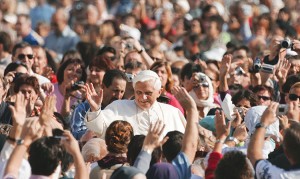
The daily life of the pope includes meeting with groups of Roman Catholics who visit Rome. In this picture, Benedict XVI greets a gathering of people in St. Peter’s Square in Vatican City.
Credit: © Patrick Hertzog, AFP/Getty Images
Ratzinger resigned as archbishop in 1982 after John Paul II appointed him prefect of the Congregation for Doctrine of the Faith in 1981. In this position, the cardinal was responsible for reinforcing Catholic orthodoxy—that is, upholding accepted beliefs. In 2002, Ratzinger was elected dean of the Sacred College of Cardinals.
By choosing the name Benedict, the pope placed his pontificate under the inspiration of Saint Benedict of Nursia, the founder of the Benedictine Order. The Benedictines played a major role in the religious and cultural revival of Europe after the West Roman Empire ended in the late 400′s.
Benedict wrote numerous books on theology. They include Introduction to Christianity (1968, new edition 2000), In the Beginning (1990), Called to Communion (1996), Many Religions, One Covenant (1999), The Spirit of the Liturgy (2000), and Values in Times of Upheaval (2005). He discussed his views on the church and related topics in two volumes of interviews, The Ratzinger Report (1985) and Salt of the Earth (1997). He also wrote an autobiography, Milestones: Memoirs 1927-1977 (1998).
Benedict resigned as pope in 2013, stating that because of his age, he no longer had the strength to fulfill his duties. He was the first pope to resign in nearly 600 years. He kept the name Benedict XVI and became pope emeritus.

